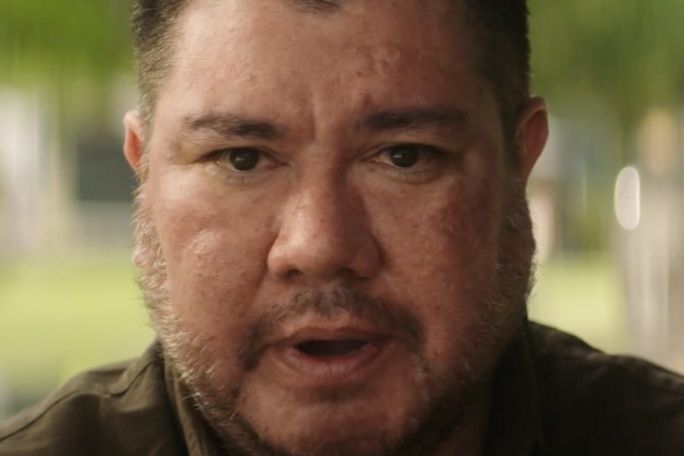Lesson summary
In this lesson, students explore the ‘bystander effect’ and the influence that group behaviour can have on individuals. They will explore the role of personal responsibility in responding to group situations and consider how bystanders could respond helpfully in violent scenarios. They will rewrite the ending to a story, showing how a bystander can change the course of events.
Learning intentions:
Students will...
- understand the power of a group on an individual
- consider how personal responsibility interacts with group behaviours
- understand why people do or do not step in to prevent violence in group situations
- understand the responsibilities, behaviours and opportunities available for bystanders in violent situations.
Success criteria:
Students can...
- identify who is responsible for positive and negative outcomes in scenarios
- identify helpful bystander (or upstander) behaviours
- create and justify an alternative ending to a story.
Lesson guides and printables
Curriculum links
Select your curriculum from the options below.
Lesson details
Curriculum mapping
Australian Curriculum content descriptions:
Years 9 & 10 Health and Physical Education:
- Propose, practise and evaluate responses in situations where external influences may impact on their ability to make healthy and safe choices (ACPPS092)
Syllabus outcomes: PDHPE5.2, PDHPE5.3, PDHPE5.6, PDHPE5.7, PDHPE5.8, PDHPE5.11, PDHPE5.12, PDHPE5.16
General capabilities: Literacy, Critical and Creative Thinking, Ethical Understanding, Personal and Social Capability
Relevant parts of Years 9 & 10 achievement standards:
Students critically analyse contextual factors that influence identities, relationships, decisions and behaviours. They apply decision-making and problem-solving skills when taking action to enhance their own and others’ health, safety and wellbeing.
This lesson is part of the wider unit of work STOP the Coward Punch: HPE – Years 9 & 10
Time required: 55 mins
Level of teacher scaffolding: Medium – facilitate class discussion
Resources required
- Device capable of presenting a video to the class
- Student Worksheets – one copy per student
Skills
This lesson is designed to build students’ competencies in the following skills:
- Critical thinking
- Ethical understanding
- Problem solving
- Social skills
Additional info
These resources have been designed in partnership with Danny Green's STOP the Coward's Punch campaign.
Danny Green’s STOP the Coward Punch campaign was started in 2012 with the aim of raising awareness of the devastating effects of the coward punch on the community, including the physical and mental scars survivors, families and friends are left with for life.
STOP the Coward Punch believes in the right of all people to enjoy themselves, safely and free from violence. With support from entertainers, athletes, community leaders, politicians and everyday Australians, the campaign aims to raise awareness of the simple precautions we – as a community and as individuals – can take to ensure safe and enjoyable outings and, ultimately, reduce the number of coward punch occurrences in our communities.


Welcome back!
Don't have an account yet?
Log in with:
Create your free Cool.org account.
Many of our resources are free, with an option to upgrade to Cool+ for premium content.
Already have an account?
Sign up with:
By signing up you accept Cool.org's Terms and Conditions(Opens in new tab) and Privacy Policy(Opens in new tab).